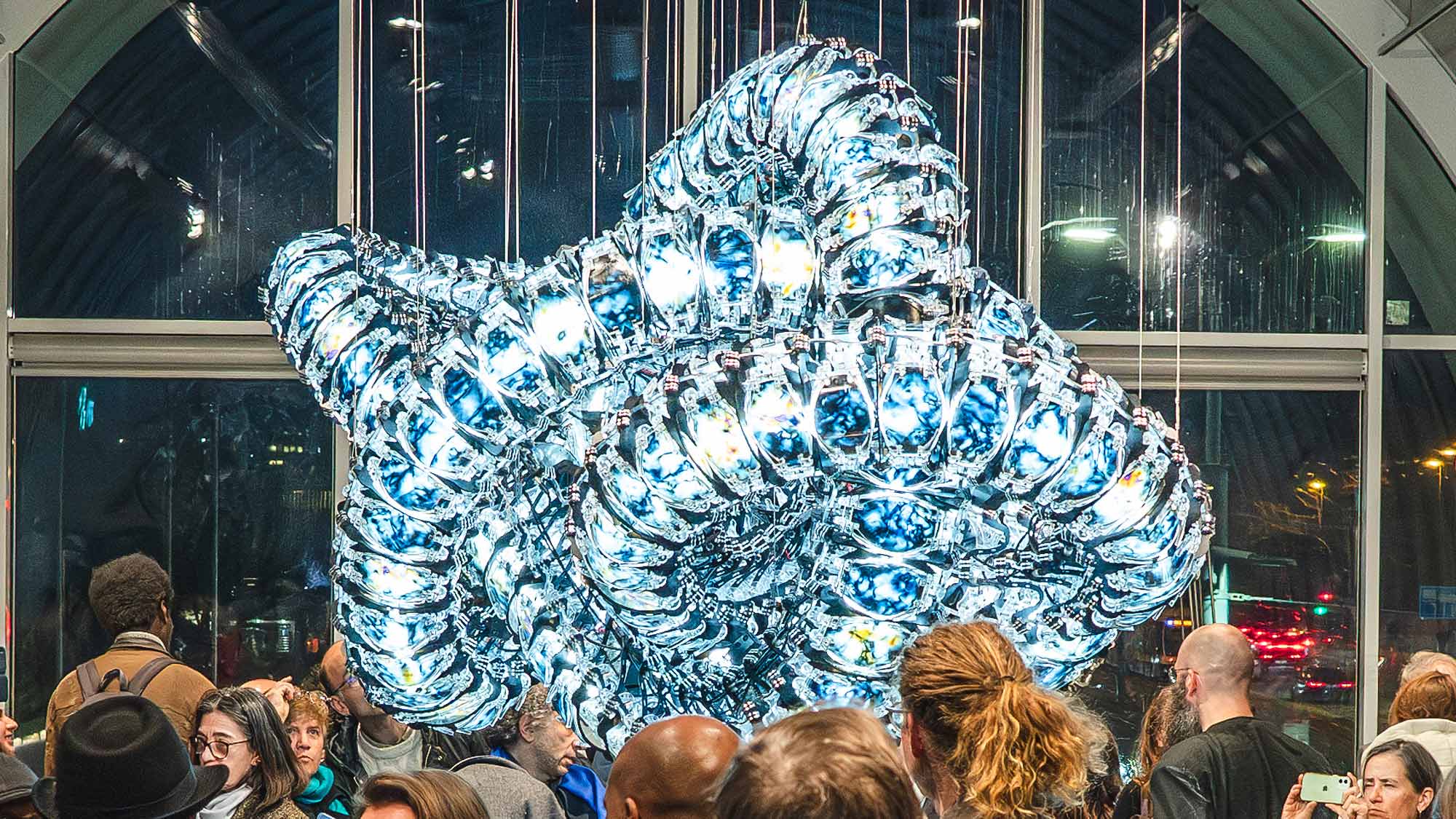Grand Prize – Innovative Collaboration
Awarded for innovative collaboration between industry or technology and the arts (and the cultural and creative sectors in general) that opens new pathways for innovation.
arts.cern
instagram.com/artsatcern
facebook.com/ArtsatCERN
x.com/ArtsAtCERN
Arts at CERN is the arts program of CERN, the European Laboratory for Particle Physics in Geneva, Switzerland. Since 2012, when the first artist in residence arrived, we invite artists to experience how physicists and engineers use the world’s largest and most complex scientific instruments to explore the big questions about the Universe. Arts at CERN fosters meaningful exchanges between artists and scientists, connecting the international cultural community through science and research.

Since its foundation in 1954, CERN has been a place of inspiration for artists from different disciplines and backgrounds. Before the arts program was launched, renowned artists were drawn to the laboratory for its groundbreaking research and unique collaborative environment. As early as 1972, James Lee Byars became the first artist to visit the CERN laboratory, and he spent his time exploring the technical sites and facilities, as well as discussing ideas with physicists like John Bell. Coincidentally, Bell’s theorem, which laid the foundations for the modern field of quantum-information science, was being tested experimentally while Byars was there. Other artists such as Mariko Mori, Gianni Motti, Cerith Wyn Evans, John Berger, and Anselm Kiefer were also attracted to CERN in the years that preceded the foundation of Arts at CERN.
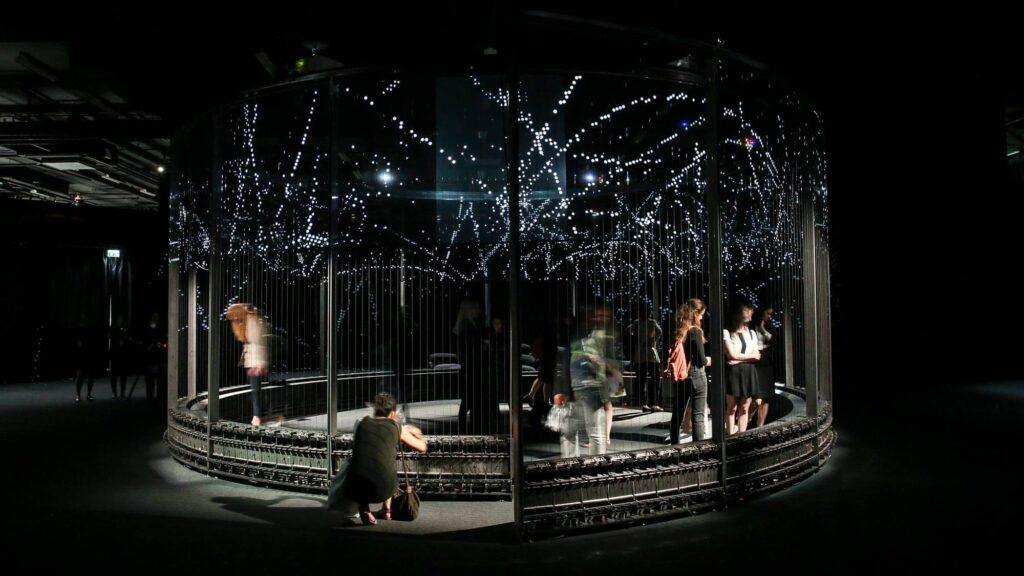
Arts at CERN’s work comprises a broad range of programs that allow this dialogue with scientists and the CERN community to take place in a significant way; research-led artist residencies, art commissions for artists who have spent time at CERN, and exhibitions and events, organized and structured in tight collaboration with cultural and scientific institutions that share our values around the world. Since 2023, events and exhibitions are also devised at the recently inaugurated CERN Science Gateway, a science centre designed by architect Renzo Piano.
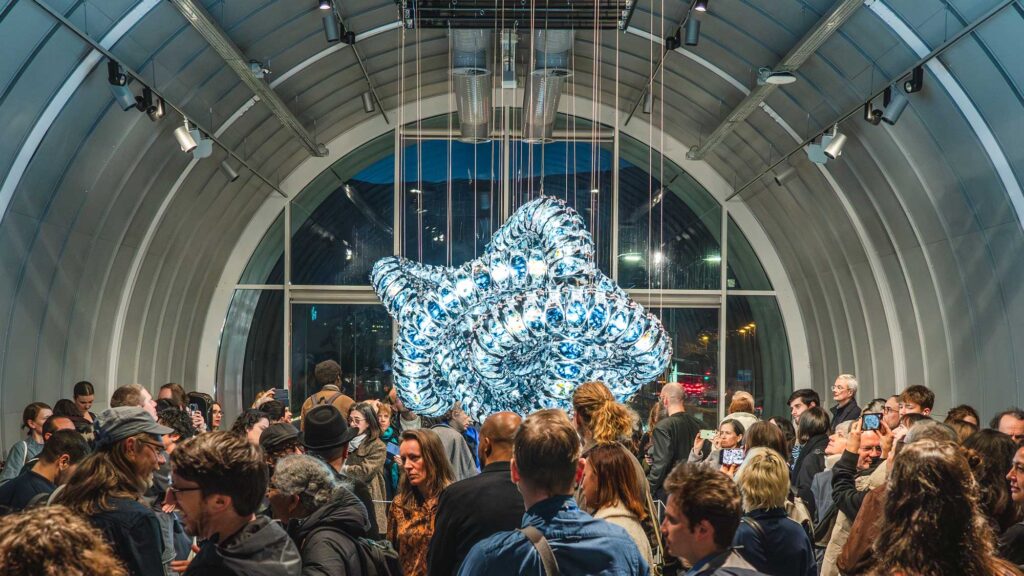
Our residency programs form the core of our initiatives, enabling the interaction between artists and scientists within the laboratory’s context. CERN is the largest particle physics laboratory in the world, home of the Large Hadron Collider, and most artists who visit us will never have experienced a place like it before. Upon entering the laboratory, it becomes immediately apparent that comprehending the breadth of experiments, their scale and function, and the theoretical models that represent our world in mathematical language will not be straightforward. By engaging directly with fundamental
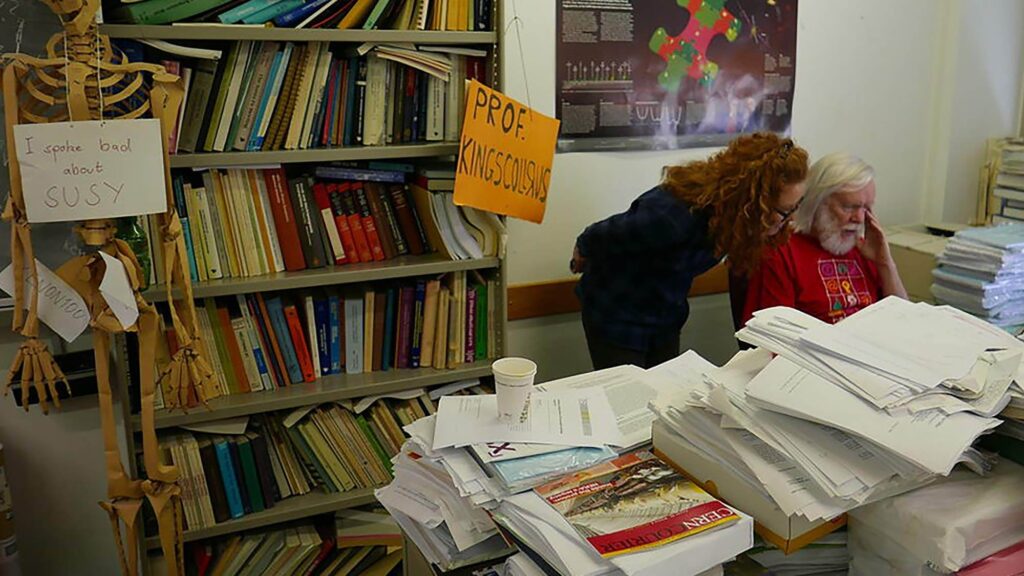
science, we believe that artists can inform their practice with new lines of questioning on the methods and tools of science, and its definition of nature. Furthermore, at CERN, artists have the opportunity to view their work through the disciplines of others.
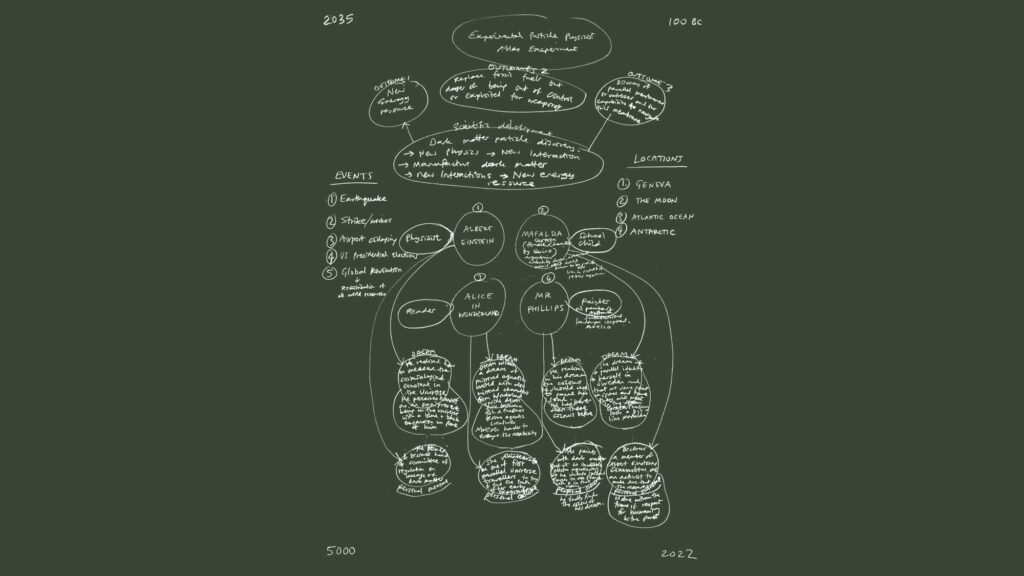
Over 200 artists have participated in residencies, benefiting from being part of CERN’s scientific community of over 15,000 scientists, engineers, and staff. Artists are selected through open calls followed by an evaluation process. Each year, as many as 900 applications from over 90 different countries are received. The residencies are aimed at artists with a distinct interest in the intersection of art, science, and technology, who wish to immerse themselves in the laboratory’s vibrant environment and engage with the diverse scientific community. Selected artists are invited to join a fully funded residency, lasting from two weeks to a maximum of two months.

Over 35 new artworks have been supported since 2018. Following the residencies at the laboratory, the art commissions program enable artists to extend their research and exploration with the support of scientific partners and experiments. These productions are showcased in museums worldwide, including pieces by international artists like James Bridle, Tania Candiani, Chloé Delarue, Ryoji Ikeda, Yunchul Kim, Haroon Mirza, Richard Mosse, Mariele Neudecker, Mika Rottenberg, Leslie Thornton, and Julius von Bismarck.

By providing access and support, Arts at CERN explores the cultural significance of fundamental research. The program seeks artists’ reflections on the implications of science and technology, offering spaces for artistic dialogue with science and deepening the connection with the CERN community. It also explores the potential of collaboration across disciplinary boundaries and the engagement with the social fabric of science, the historical narratives, or the aspects that make CERN a unique place for artistic enquiry.

Video: Joan Heemsker, winner of Collide Copenhagen residency award
Credits
Arts at CERN is supported by the CERN and Society Foundation.
Biography
Arts at CERN fosters dialogue between art and physics. Artists across all creative disciplines are invited to the laboratory to experience the way the big questions about our universe are pursued by fundamental science. Our vision is to inspire significant exchanges between artists and scientists and to participate in an international cultural community eager to connect with CERN.
Mónica Bello (ES) is a curator and art historian, and Head of Arts at CERN. In this pivotal role, she oversees the laboratory’s diverse art initiatives, directing the conception and implementation of various artistic programs, including art residencies, commissions, and exhibitions. In her capacity, she develops international partnerships with cultural and scientific institutions, promoting a dynamic and interdisciplinary approach to art and science.
Jury Statement
Arts at CERN is a pioneering cultural initiative, reflecting CERN’s exceptional openness and experimental spirit. Established in 2011, the program started as a comprehensive arts residency scheme with significant international influence under the vision of former Director-General Rolf Dieter Heuer and cultural specialist and curator Ariane Koek. After this founding period, the program was fully endorsed as the arts program of the Laboratory by current Director-General Fabiola Gianotti and led by head and curator of Arts at CERN Mónica Bello.
The program started with the Collide residencies, as a two-month residency with two annual calls and is active now with three strands of programs: residencies, as Collide and Connect, art commissions, and exhibitions and events. Furthermore, the activities of Arts at CERN comprise a full range of collaborations with cultural institutions, and scientific organisations worldwide.
What makes Arts at CERN exceptional is the unique space. Located just outside Geneva, CERN is home to the world’s largest particle physics laboratory and the Large Hadron Collider, a 27-km machine that recreates conditions from the universe’s inception 13.7 billion years ago. With approximately 17,000 scientists, technologists, and engineers from 680 institutions in 120 countries, CERN is a hub of imagination and inspiration. Arts at CERN has inspired numerous exhibitions, performances, and events, showcasing the mutual benefits of collaboration between artists and scientists. Artists gain new perspectives on their work, while scientists explore different approaches to their research, considering the broader implications for humanity, society, and nature. The Collide Residency program has partnered with cities like Linz, Liverpool, Barcelona, and Copenhagen to support artistic research and exploration. This collaboration between CERN and major cultural institutions has established a model for integrating arts, science, and technology. Arts at CERN has set a global benchmark for arts-science initiatives, influencing programs all around the world, in Europe, Asia, Latin America, Australia and Africa. It has inspired major initiatives such as the European Commission’s STARTS program and the Joint Research Centre’s sci-art program. In today’s rapidly evolving technological landscape, including advancements in AI, quantum computing, and chip technology, the integration of arts, science, and technology is crucial. Arts at CERN exemplifies how leveraging key scientific and technological infrastructures, multidisciplinary talent, and capacity in Europe can drive innovation and foster a collaborative innovation that truly serve the public interest.


